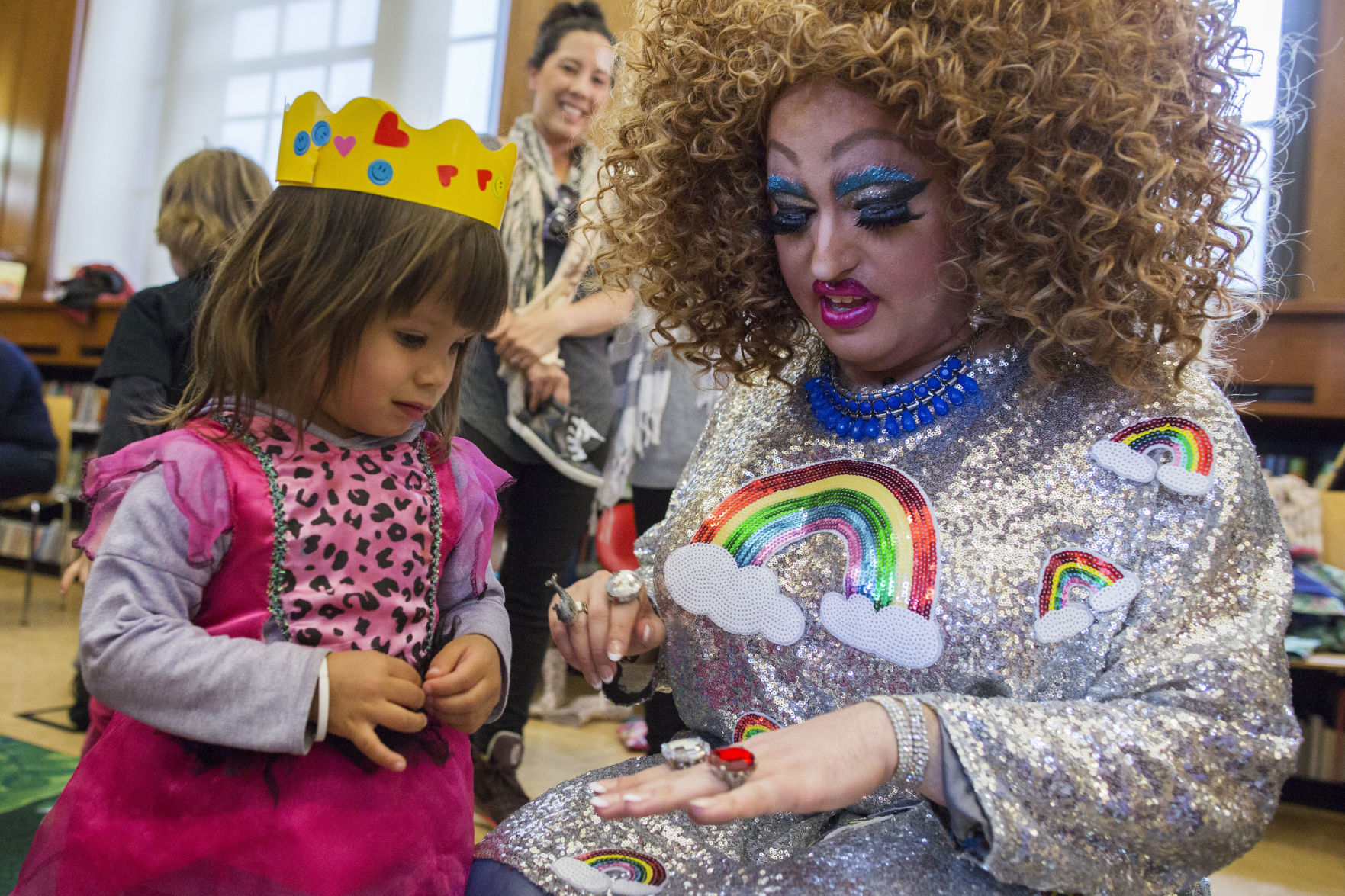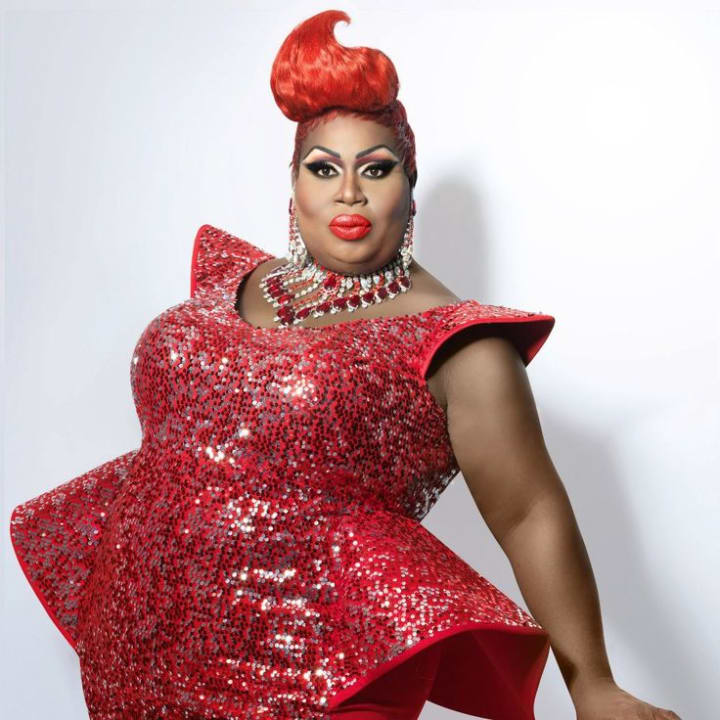

And before that, it was an exaggerated and integral part of the theater culture. Before that, drag was submerged deep in underground clubs and back-alley bars. In fact, this sort of public awe - sometimes, it borders on worship - of drag queens has really only cropped up in the past decade or two. And even outside of RuPaul's Drag Race, queens have been able to build incredible followings via social media, live performances, YouTube, and podcasts.ĭrag hasn't always been received this way. The show's third All Stars season is about to launch, marking a new competition between some of the top drag queens in mainstream media. With its move from Logo to VH1, it racked up almost 1 million viewers for the premiere and held strong with over 800,000 season finale viewers. RuPaul's Drag Race has just had its most successful season yet. In this moment, drag culture is bigger and more popular than it's ever been. They've plunged their hands deep down into their own psyches and pulled out the weirdest, fiercest, and most theatrical parts of themselves, then mashed them together to form something new.

Oftentimes, I've heard drag performers describe their personas as though they were another person. When so impeccably dressed and flawlessly painted, the person underneath the queen disappears almost completely. In the 21st century, a drag queen is not just a man who wears women's clothes a drag queen is an entirely separate entity.


 0 kommentar(er)
0 kommentar(er)
